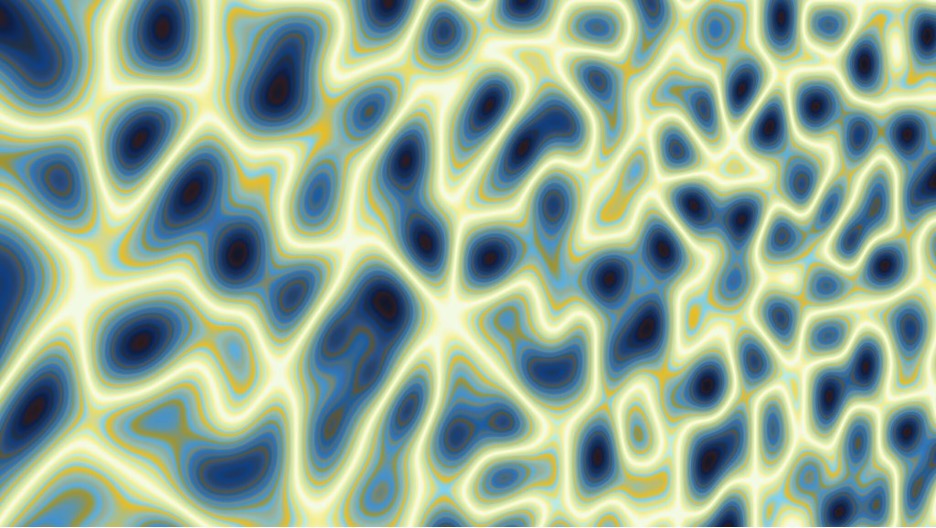Documentation
“Theatrical Noise – From Frictions to Social Engagement” – Xiaoyue Xu

Understanding the social happenings as co-emergent, rather than embodying a linear causality, is crucial to form productive and generative practices in a world where epistemological foundations and material basis are constantly shifting. Chris Julien started his lecture by bringing in the way in which productive and potentially revolutionary practices can be situated in the social system as such. The western epistemological frameworks often embody a dualistic mode of knowledge production, neglecting the imbricated relationship between technology, nature and non-human entities (Hui 2017). How we should situate ourselves in the Anthropocene with ecological devastation and technological dominance, therefore, is not based upon oppositions but rather affirmative ‘finitude’ (Guattari 2000, 16) and probabilistic mindsets, where intensities of forces pass, populate and circulate. The materialistic and/or epistemological practices, in this sense, are grounded upon the eventfulness of environmental engagement, understanding activism in everyday life as a process and embodying openness to diverse systems with chaos and indefiniteness.
Tsing (2011) draws upon the notion of friction as a crucial force in both productive and destructive encounters between global pressure and local realities, where she emphasizes how local practices resist or adapt to global forces. Universals like capitalism, science and justice are not pre-formed truths but are shaped and charged through local-global engagements. Globalization is understood as a chaotic, violent and nonlinear process, and everyday activism is specifically situated in the very tension between global connections and local differences.
The transgressiveness and openness of diverse social systems are enabled by interdisciplinary and transdisciplinary engagements. In relation to theatricality, or more generally to theatre/film studies, this probabilistic approach opens up the potential to transform uncertainty to social involvement. By, for instance, disturbing the narrative and audiovisual conventions that largely mediate the viewing experience and expectation, frictions draw the spectators’ attention to the malfunctions and readjust the audience-performer or audience-image relations. The frictions expose the instable, ruptured and uneasy strains in the artwork/performance in the processes of those social relations. The theatrical noises as such offers the emancipatory and relational potential for the audience to reinterpret stories, turning their attention to the technological apparatus and theatrical process themselves. The notion of friction and noises, therefore, serves as an affective weapon of resistance, weaving the foundation of everyday and planetary activism. The noisy and frictional encounters make possible a collective participation in the imagining of lifeworlds, where the spectators map the artworks’ position within the world.
References
Guattari, Félix. 2000. The Three Ecologies. Athlone Press.
Hui, Yuk. 2017. “On Cosmotechnics: For a Renewed Relation between Technology and Nature in the Anthropocene.” Techné: Research in Philosophy and Technology 21 (2/3): 319–41. https://doi.org/10.5840/techne201711876.
Tsing, Anna Lowenhaupt. 2011. “Introduction.” In Friction: An Ethnography of Global Connection, 1–18. Princeton University Press. https://doi.org/10.1515/9781400830596-002.

